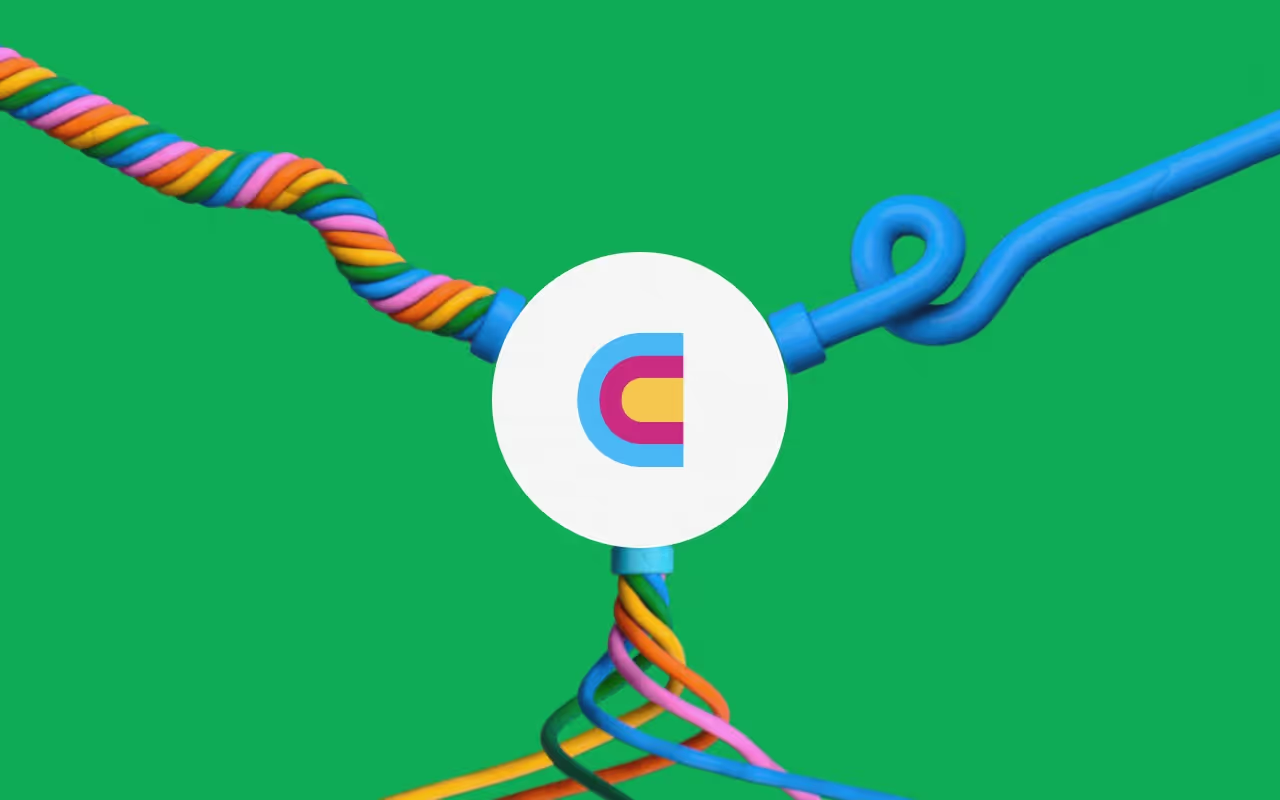Introduction: Beyond Basic Signal Detection
In our previous lesson, you learned how to set up basic signals in Clay. Now we're taking a significant leap forward into the realm of signal orchestration—where individual data points transform into a strategic go-to-market weapon. This is where the real competitive advantage lives.
The fundamental shift here is moving from reactive signal monitoring to proactive signal orchestration. Instead of treating each trigger as an isolated event, you'll learn to build sophisticated systems that understand how different signals work together to reveal genuine buying intent. Think of it as the difference between hearing individual notes versus understanding an entire symphony.
🎼 Understanding Signal Orchestration
What is Signal Orchestration?
Signal orchestration, also known as called "signal stacking," is the practice of combining multiple signals to create a holistic view of prospect intent. A single signal—like a pricing page visit—provides limited context. But when you layer that visit with recent funding news, a competitor mention on LinkedIn, and a new revenue team hire, you're no longer guessing at intent. You're observing a pattern that indicates real buying momentum.
The challenge most teams face is treating signals like separate, disconnected events. They might notice that someone downloaded a whitepaper, but they miss the bigger picture: that same prospect also attended a webinar, visited the pricing page twice, and their company just posted a job opening for a role that typically uses your product.
Each signal alone is interesting; together, they tell a compelling story about readiness to buy.
Two Fundamental Approaches to Multi-Signal Processing 🔄
Sequential Processing: The Journey-Based Approach
Sequential processing means signals must occur in a specific order before triggering action. You're essentially mapping signals to a defined buyer journey. For example, you might only trigger outreach after a prospect:
- First engages with educational content
- Then visits your website
- Finally downloads a resource
This works well when you have a clear, predictable buyer journey and want prospects to demonstrate progression through specific milestones.
Parallel Processing: The Threshold-Based Approach
Parallel processing takes a different philosophy. Instead of requiring a specific sequence, you monitor multiple signals simultaneously and take action when any combination reaches a predetermined threshold. A prospect might trigger outreach by hitting three out of five possible signals, regardless of the order in which they occurred.
This approach captures more opportunities and is more flexible in accommodating non-linear buyer journeys. However, it requires more sophisticated scoring mechanisms to avoid false positives—prospects who appear engaged but aren't actually ready to buy.
The Hybrid Approach: Best of Both Worlds
Most successful GTM teams don't choose one approach exclusively. Instead, they use parallel processing for initial qualification (casting a wider net to identify potentially interested prospects) and then switch to sequential processing for nurture sequences (guiding qualified prospects through specific stages toward conversion).
⚖️ Signal Weight Assignment: Not All Signals Are Equal
Not all signals carry the same predictive power for conversion. A pricing page visit from a C-level executive at a target account should carry substantially more weight than a blog post view from an intern at a small company outside your ideal customer profile.
Your signal weights shouldn't be static. They should evolve based on ongoing performance data. If you notice that prospects who trigger on competitor mentions convert at 40% higher rates than those who trigger on content downloads, your scoring model should reflect this reality by increasing the weight assigned to competitor mention signals.
This requires establishing a feedback loop between your scoring system and your conversion data. Regularly review which signals correlate most strongly with closed deals and adjust accordingly.
⏱️ Timing Correlation: Signal Velocity
One of the most underutilized aspects of signal intelligence is timing correlation. The temporal relationship between signals often reveals more about buying intent than the signals themselves.
Understanding Signal Patterns
Consider two scenarios with identical signals but different timing:
Scenario A: A prospect visits your pricing page on Monday, downloads a case study on Tuesday, and their company posts a relevant job opening on Wednesday.
Scenario B: A prospect visits your pricing page in January, downloads a case study in March, and their company posts a job opening in May.
Both scenarios involve the same three signals, but they tell dramatically different stories about buying intent. Scenario A shows concentrated, accelerating interest—likely indicating active evaluation. Scenario B might simply reflect passive awareness spread over months.
In Clay, you can implement velocity tracking by creating date-stamped signal records and using formulas to calculate the time elapsed between the first and most recent signal. When that timeframe is compressed, urgency increases.
Scoring Systems: Point-Based vs. AI-Powered 🎯
Once you're capturing and orchestrating signals, you need a systematic way to convert that intelligence into actionable prioritization. You have two primary approaches in Clay: point-based scoring models and AI-powered scoring.
💯 Point-Based Scoring
Point-based scoring works best when you have clean, structured data and clear conversion patterns. You assign specific point values to different criteria and set thresholds that determine qualification status using Clay's Native Score Row capability.
AI-Powered Scoring: Contextual and Adaptive
Sometimes you need AI-powered scoring instead of or in addition to point-based systems. AI scoring is particularly valuable when:
- Your data is messy or inconsistent
- You're dealing with unstructured text that requires interpretation
- You need contextual understanding that goes beyond simple rules
- You don't yet know what weights to assign to different factors
AI Scoring Prompt Example:
Score this prospect from 1-100 considering: We sell best to high-growth tech companies. Recent funding is a strong positive signal. Using our competitor makes them harder to convert. Multiple signals indicate higher intent.
The key to effective AI scoring is being highly specific about your ideal customer profile and what signals matter most for your particular business context. Generic prompts produce generic results. The more you can teach the AI about your specific buying patterns, the more accurate your scores become.
📊 Building Learning Scoring Systems
The most sophisticated scoring systems learn from past outcomes and continuously improve. This requires establishing a closed feedback loop that tracks outcomes back to initial scores.
Start by tracking these key data points for every scored prospect:
- Initial score when they entered your system
- Which signals triggered their qualification
- Time from qualification to first sales conversation
- Conversion outcome (won, lost, or still in pipeline)
- Deal size if won
Over time, patterns will emerge. You might discover that prospects from certain industries convert at dramatically higher rates even with lower scores, or that specific signal combinations are strong indicators of conversion. Feed these insights back into your scoring model.
✅ Key Takeaways
Signal stacking transforms isolated data points into strategic intelligence by combining multiple signals to reveal genuine buying intent.
Weight signals based on actual conversion data and make those weights dynamic. Timing correlation can reveal invaluable insights about buying intent.
Choose point-based scoring when you have clean data and clear patterns. Use AI-powered scoring for messy data, unstructured text, or contextual understanding. The most sophisticated systems establish feedback loops that track conversion data back to initial scores and continuously improve.
Companies that master signal orchestration generate better leads that convert at higher rates and close faster, creating genuine competitive advantages in their go-to-market strategy.
Connect, explore and learn together
Read our GTM blog, or try out our top Claybooks and templates to transform your growth ideas into outreach in minutes.





















